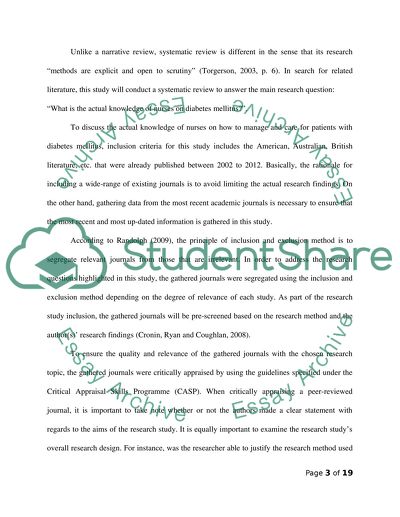Cite this document
(“Evidence Based Practice Essay Example | Topics and Well Written Essays - 2250 words”, n.d.)
Retrieved from https://studentshare.org/nursing/1398837-evidence-based-practice-level
Retrieved from https://studentshare.org/nursing/1398837-evidence-based-practice-level
(Evidence Based Practice Essay Example | Topics and Well Written Essays - 2250 Words)
https://studentshare.org/nursing/1398837-evidence-based-practice-level.
https://studentshare.org/nursing/1398837-evidence-based-practice-level.
“Evidence Based Practice Essay Example | Topics and Well Written Essays - 2250 Words”, n.d. https://studentshare.org/nursing/1398837-evidence-based-practice-level.


